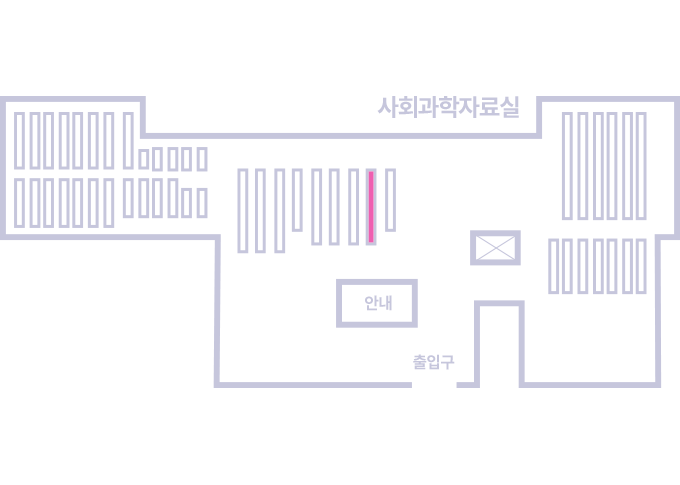권호기사보기
| 기사명 | 저자명 | 페이지 | 원문 | 기사목차 |
|---|
| 대표형(전거형, Authority) | 생물정보 | 이형(異形, Variant) | 소속 | 직위 | 직업 | 활동분야 | 주기 | 서지 | |
|---|---|---|---|---|---|---|---|---|---|
| 연구/단체명을 입력해주세요. | |||||||||
|
|
|
|
|
|
* 주제를 선택하시면 검색 상세로 이동합니다.
본 논문은 유형자산 투자와 무형자본 지출의 추세 검증을 통해 한국 기업의 투자 패턴 변화를 살펴본다. 이를 위해 1993년부터 2021년 유가증권시장에 상장된 기업으로 표본을 구성한다. 검증 결과에 따르면, 국내 기업들의 유형자산 투자는 표본기간 동안 평균, 중간값, 그리고 총액 모두 시계열적으로 감소하는 추세에 있는 것으로 확인된다. 이러한 감소 추세는 기업들의 투자기회가 감소했기 때문이 아니라, 투자기회에 대한 기업의 투자 민감도가 시계열적으로 감소하기 때문인 것으로 검증된다. 이에 반해, 무형자본에 대한 지출은 일부(총액) 에서 증가 추세를 보이며, 투자 민감도는 감소 추세를 보이지 않는다. 유형자산 투자와 무형자본 지출의 대조적 패턴은 생산기술의 발전으로 인해 유형자산 투자에 대한 수요는 감소하는 반면, ICT 및 서비스 기업이 산업에서 차지하는 비중이 커지면서 무형자본 지출이 유형자산 투자의 일부를 대체하기 때문인 것으로 해석된다.
This study examines trends in physical asset investment and intangible capital expenditure. The sample consists of firms listed on the KOSPI from 1993 to 2021. The findings show a decline in the average, median, and aggregate investment in physical assets over the sample period. The decline is not attributed to a decrease in investment opportunities, but rather to a decrease in the sensitivity of firms' investment to investment opportunities over time. Spending on intangible capital, on the other hand, shows a slight and upward trend in aggregate, and the sensitivity to investment opportunities does not show a downward trend. This contrasting pattern of physical asset investment and intangible capital expenditure is interpreted as a result of the fact that, while the demand for physical assets is decreasing due to advances in production technology, intangible capital expenditure is substituting for some of the capital expenditure as ICT and service firms increase their share in the Korean economy.*표시는 필수 입력사항입니다.
| 전화번호 |
|---|
| 기사명 | 저자명 | 페이지 | 원문 | 기사목차 |
|---|
| 번호 | 발행일자 | 권호명 | 제본정보 | 자료실 | 원문 | 신청 페이지 |
|---|
도서위치안내: / 서가번호:

우편복사 목록담기를 완료하였습니다.
*표시는 필수 입력사항입니다.
저장 되었습니다.